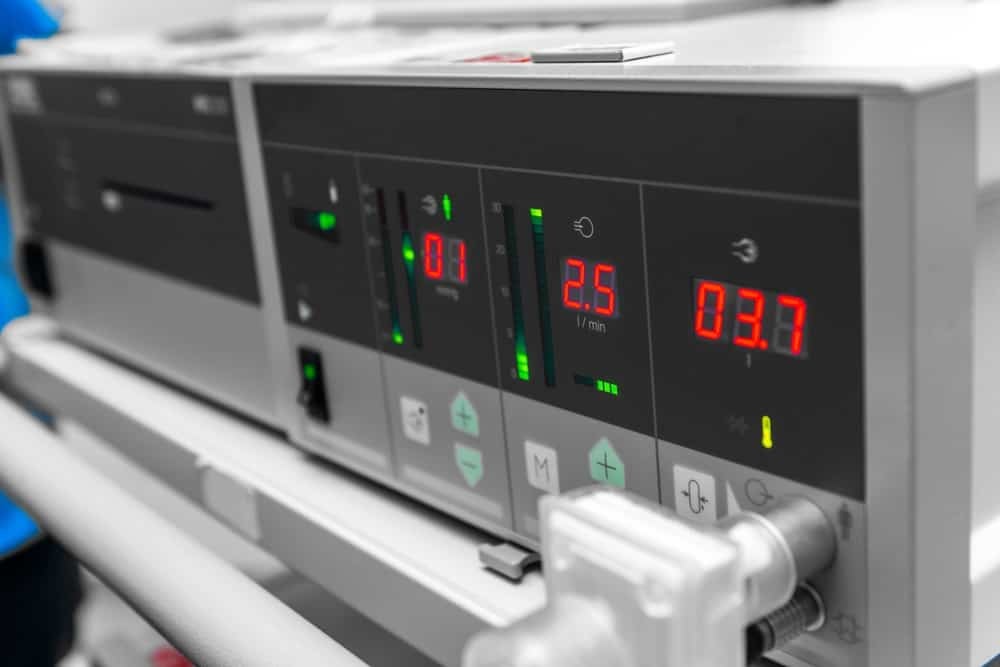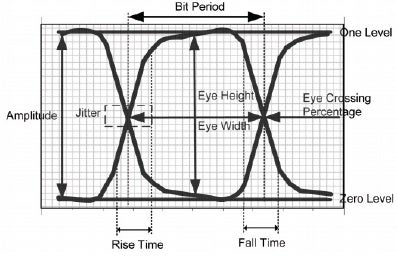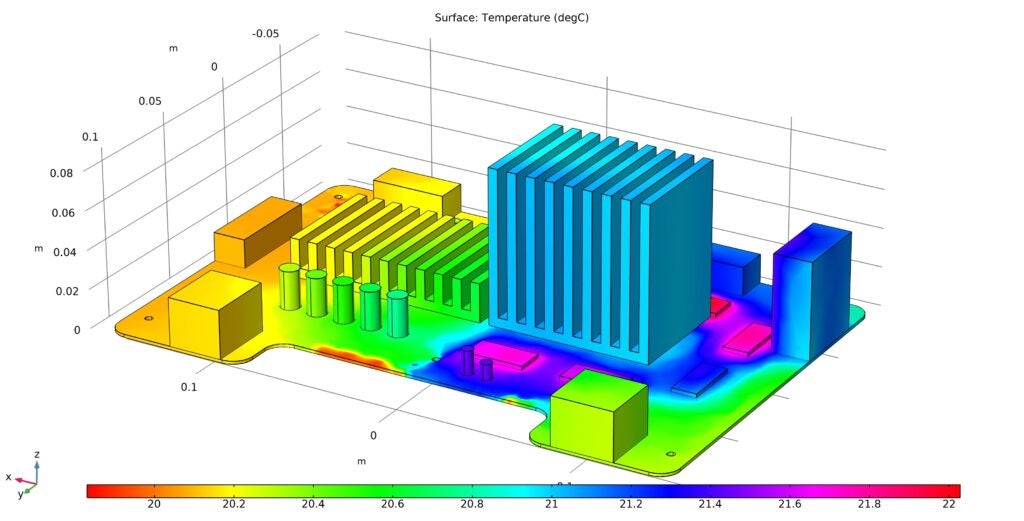 Designing many electronic products is a complex interplay of mechanical and electrical data, but an additional performance wrinkle is how, not if, a system operates. Simple consumer devices have little stakes if performance is intermittent, but the same is not valid for electronics in medical devices or aerospace. Electronic design for reliability requires an all-encompassing prodding and probing of a device across typical operating conditions to assure uninhibited performance during its useful service life and how failure modes tend to propagate.
Designing many electronic products is a complex interplay of mechanical and electrical data, but an additional performance wrinkle is how, not if, a system operates. Simple consumer devices have little stakes if performance is intermittent, but the same is not valid for electronics in medical devices or aerospace. Electronic design for reliability requires an all-encompassing prodding and probing of a device across typical operating conditions to assure uninhibited performance during its useful service life and how failure modes tend to propagate.
ENVIRONMENTAL OUTCOMES AFFECTING ELECTRONIC DESIGN FOR RELIABILITY | |
Parameter | Environmental Outcome |
High temperature | Thermal aging (oxidation, increase in reactivity), thermal expansion |
Low temperature | Ice formation, embrittlement, thermal contraction |
High humidity | Moisture absorption, corrosion |
Low humidity | Embrittlement |
Pressure | Outgassing |
Debris | Abrasion, clogging |
Breaking Down Electronic Design for Reliability
Reliability is perhaps the most overlooked aspect of electronics design from the consumer end – users want their devices to work consistently and with minimal interruptions to operations. Few things are more frustrating than trying to isolate/correct a reliability issue, as interim functionality can greatly impede diagnosis attempts. Crucially, the cornerstone of design for reliability (DFR) is when failure occurs, not if.
Maximizing the mean time before failure (MTBF) – the goal of any DFR – requires device failure analysis to build resilience and redundancy. For critical devices, industry standards like ISO 13485 and AS9100 provide requirements for establishing and maintaining quality management systems (QMS) to monitor and improve electronic product reliability, for medical devices and aerospace products, respectively. QMSs, which typically include risk analysis plans for specific components and subcircuits, must be adopted and adhered to by both contract manufacturers (CMs), PCB designers and engineers. For the best MTBF rate–a lifecycle estimation based on the total operation time divided by number of failures–reliability simulations during design should be performed.
While the bulk of electronics design focuses on the circuit parameters, the mechanical and thermal aspects of the assembly, wiring harness, and enclosure are also critical to device performance. Design for reliability simulations focuses on these aspects individually and offers insight as to how and where devices are likely to fail under normal operating conditions:
- Electrical stress analysis – An invaluable tool due to its ability to operate from the schematic, ESAs can diagnose some logic errors based on passive component values and cross-referenced component specifications. Additionally, ESAs perform power analysis to determine thermal dissipation across the circuit. Running these tests pre-layout allows engineers ample time to correct and re-spec component parameters to eliminate errors and minimize thermal effects.
- Stress derating – Electrical and thermal performance intertwine due to changes in bulk material properties with temperature changes – even though a component may rate acceptably for operation at a specific temperature, its capabilities tend to diminish as temperature increases. Manufacturers’ datasheet information may provide ratings by device temperature, but device and ambient temperature are usually a considerable gap. Designers can use the derating slopes of various components to see if their component values fall within the device ratings or work backward to determine a component that will meet the circuit goals.
- Thermal analysis – A comprehensive case, substrate, and junction temperature analysis determines hot spots where thermal buildup could cause impedance issues or material aging/damage. In general, high-power and continuously operating elements experience degradation quickly due to the lifetime accumulation of thermal stresses.
- Shock and vibration analysis – Devices, especially portables or noisy mechanical environments, can experience loss of functionality or degraded service life as solder joints and mechanically coupled connectors wear down.
- MTBF analysis- MTBF analysis simulates the electrical stress on a circuit by incorporating the intended environment, target PCB life, and the required industry or military standard. Performing MTBF analysis will allow you to evaluate failure in time and the estimated PCB life to identify overstressed components and improve design reliability and longevity.
These results form an overall reliability prediction that guides schematic- or board-level revisions.
Improving DFR Test Methodology
Electronic reliability follows a general manufacturing trend known as the bathtub curve: early service life failure is due to test escapes (defective devices that elude detection), and the latter service life failures occur as built-up electrical stress alters or reduces component functionality. Between these regions, the incidence of failure is a low (ideally zero) rate of occurrence, provided the device is operating within parameters defined as safe by the manufacturer. There is a reasonable likelihood that devices failing during their useful life may be experiencing thermal overstress conditions that degrade components faster than expected – i.e., the device is exceeding max restrictions or operating at/above safe recommended ratings.
To better identify defects and their vectors, simulations use two general approaches:
- Simulations calculate evolving circuit characteristics owing to stress accumulation to determine if the device meets specifications at its indicated end-of-life. More rigorous and comprehensive modeling of electrical characteristics like hot carrier injection and bias temperature instability are necessary to flesh out the aging process of solid-state components. With the continued miniaturization of transistors, modeling must also encompass the 3D shape to accurately capture the interplay between stressors and material aging.
- Safe operating checks perform regular checks during simulations and issue warnings when circuit parameters exceed some manufacturers’ listed ratings (e.g., breakdown voltage). Since these checks look for unsafe changes in device characteristics, they can also indicate acceptable changes in performance that function as a measure of reliability. These checks are helpful as they occur during standard pre-layout simulation but have limited scope for end-of-life device fitness.
Standard environmental stress tests may not provide the necessary aging profile for products with a wide range of operating environments, resulting in overly corrective measures to address extreme cases. Consider a device operating with semi-frequent (but not continuous) use over many years: it’s likely to experience extreme high and low temperatures (as well as moisture, debris, etc.) but only for bursts of time. A better DFR profile attempts to randomize both the environmental conditions and duration of each to match the simulation to real-world situations.
EMA Offers Industry-Leading Design Tools
Ultimately, electronic design for reliability depends on the scope outlined in the devices’ goals devised at the outset of design: The more intense the need for uninterrupted uptime and performance, the more stringent the simulations necessary to properly model the long-term device behavior. EMA Design Automation provides software programs and integrations that enable you to perform electrical stress analysis and MTBF simulations to ensure your design achieves your performance and operational lifecycle objectives.
EMA Design Automation is a leading provider of the resources that engineers rely on to accelerate innovation. We provide solutions that include PCB design and analysis packages, custom integration software, engineering expertise, and a comprehensive academy of learning and training materials, which enable you to create more efficiently. For more information on electronic design for reliability and how we can help you or your team innovate faster, contact us.











